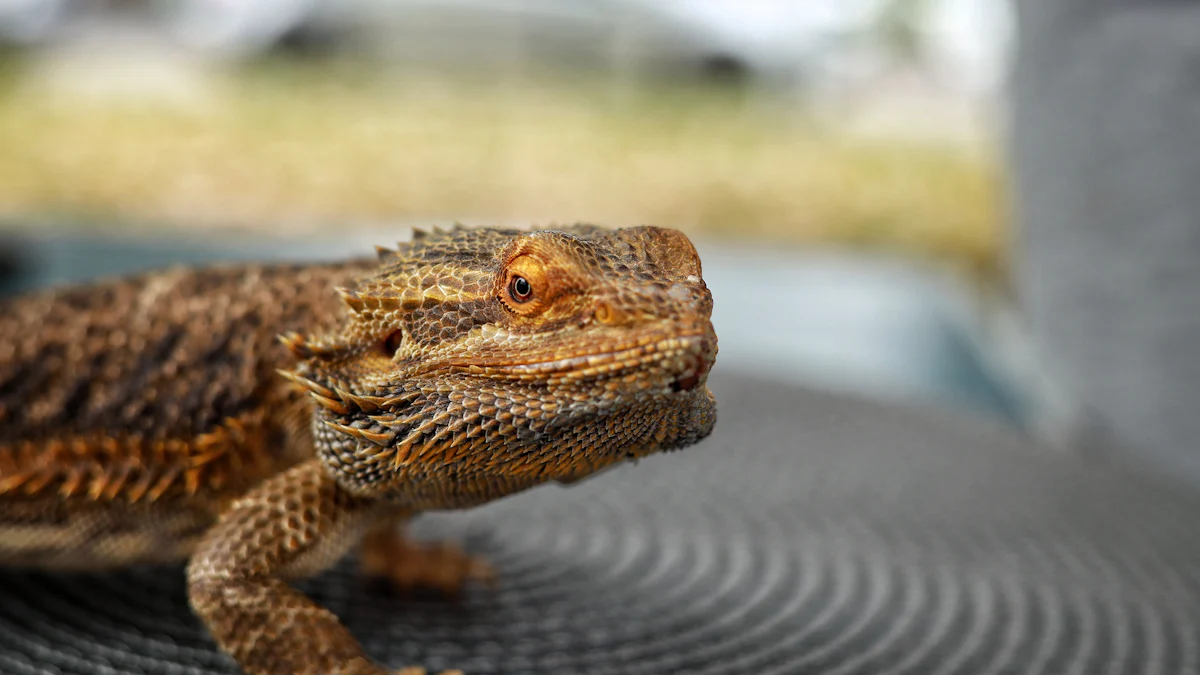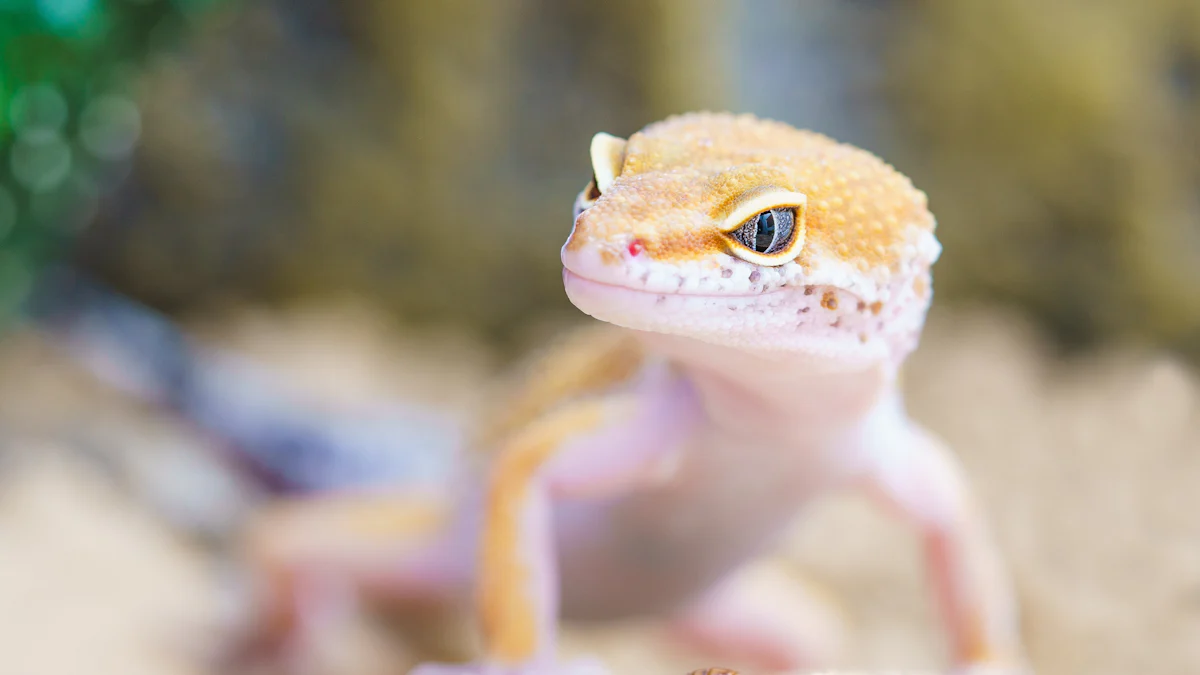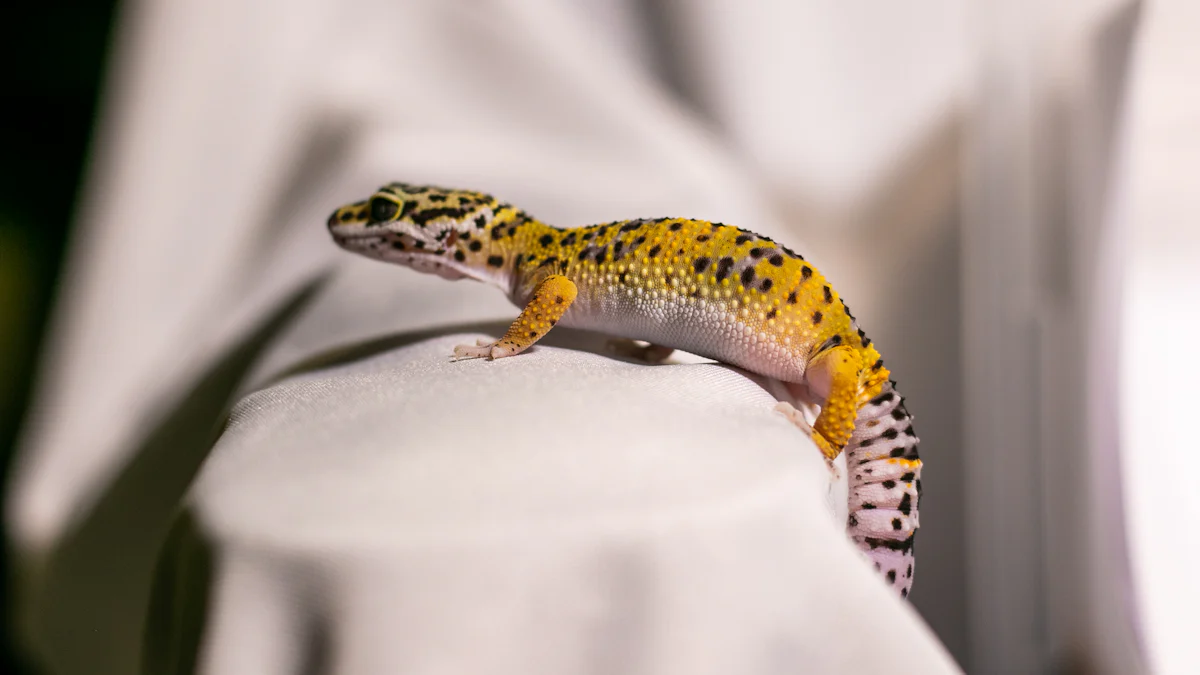
Mealworms for reptiles can be a fantastic addition to their diet. They’re packed with protein, which fuels energy, builds muscles, and supports cell maintenance. With about 15% fat, mealworms help reptiles absorb vitamins and maintain body temperature. However, they’re low in calcium, so you’ll need to balance their diet carefully.
Key Takeaways
- Mealworms have lots of protein and fat, giving reptiles energy. But they should not be the only food you feed them.
- Feeding mealworms healthy food first can add more calcium. This helps reptiles avoid health problems from low calcium.
- Watch your reptile’s health when giving mealworms often. Too many can cause weight gain and poor nutrition.
Nutritional Value of Mealworms for Reptiles

Protein, Fat, and Moisture Content
Mealworms are a solid source of protein, which is essential for your reptile’s energy, muscle growth, and overall health. They contain about 50% protein, making them a good option for supporting your pet’s active lifestyle. Their fat content, around 13-15%, provides energy and helps with vitamin absorption. This is especially useful for reptiles that need extra calories, like egg-laying females or those in colder environments. However, mealworms also have a high moisture content of 62%, which can dilute their overall nutritional density. While they’re a great addition to your reptile’s diet, they shouldn’t be the only food you offer.
Comparison to Other Feeder Insects
When you compare mealworms to other feeder insects, you’ll notice some key differences. Crickets, for example, have a higher protein content (66%) and lower fat (22%), making them a leaner choice. Dubia roaches are another excellent option, with 46% protein and 24% fat. If you’re looking at calcium, mealworms fall short with a calcium-to-phosphorus ratio of 1:11.8, compared to Dubia roaches’ balanced 1:1.01. This imbalance means you’ll need to supplement calcium when feeding mealworms to reptiles. Here’s a quick comparison:
| Insect | Protein Content | Fat Content | Calcium:Phosphorus Ratio |
|---|---|---|---|
| Mealworms | 50% | 31% | 1:11.8 |
| Crickets | 66% | 22% | N/A |
| Dubia Roaches | 46% | 24% | 1:1.01 |
Mealworms are popular because they’re easy to breed and appealing to reptiles, but they lack the nutritional balance of other insects.
Enhancing Nutritional Value with Gut-Loading
You can boost the nutritional value of mealworms for reptiles by gut-loading them. This process involves feeding the mealworms a nutrient-rich diet before offering them to your pet. For example, mixing Mealworm Chow with Mealworm Keeper at a 1:9 ratio can significantly improve their calcium and vitamin content. Adding calcium-fortified products like Thirsty Cricket can also help prevent deficiencies in your reptile. Studies show that gut-loading mealworms with a high-calcium diet can even reverse their poor calcium-to-phosphorus ratio, making them a healthier option. By gut-loading, you ensure your pet gets the most out of every mealworm.
Tip: Always gut-load mealworms for at least 24-48 hours before feeding them to your reptile. This simple step can make a big difference in their overall health.
Risks of Feeding Mealworms to Reptiles
Impaction from Hard Exoskeletons
Mealworms have a tough exoskeleton that can be hard for reptiles to digest. This can lead to impaction, a condition where undigested food blocks the digestive tract. You might have heard stories of reptiles like bearded dragons or leopard geckos suffering from this issue. In one case, a vet confirmed that a bearded dragon became impacted after eating mealworms. Poor husbandry often worsens the problem. For example, dehydration or improper temperatures can make digestion even harder.
To minimize the risk, keep an eye on your reptile’s eating and pooping habits. If you notice unusual behavior, like lethargy or a lack of appetite, it could be a sign of impaction. You can also take steps to prevent it:
- Use a feeding bowl to stop your reptile from accidentally eating substrate.
- Offer newly molted mealworms, which are softer and easier to digest.
- Make sure your pet stays hydrated and gets a balanced diet.
Over-Reliance and Nutritional Imbalance
Feeding your reptile too many mealworms can lead to nutritional problems. Mealworms are high in protein and fat but low in calcium. Without enough calcium, your pet could develop metabolic bone disease (MBD). Symptoms of MBD include weak bones, limb deformities, and even death in severe cases. A lack of dietary variety can also cause digestive issues.
To avoid these problems, dust mealworms with calcium and vitamin supplements before feeding. You should also mix them with other feeder insects to provide a balanced diet. Remember, mealworms for reptiles should be a treat, not the main course.
Risk of Obesity and Health Issues
Mealworms are calorie-dense, which makes them great for reptiles needing extra energy. But overfeeding can lead to obesity. Obese reptiles often become lethargic and may struggle to breathe or digest food. In some cases, they develop fatty liver disease, a life-threatening condition.
You can prevent obesity by controlling portion sizes and adjusting feeding frequency based on your reptile’s species. For example, some reptiles only need to eat every few days. Including low-fat feeder insects in their diet can also help manage their weight.
Obesity in reptiles can cause serious health problems, including breathing difficulties, constipation, and even neurological issues. Keeping your pet at a healthy weight is essential for their well-being.
Preparing and Maintaining Mealworms for Reptiles

Sourcing and Storing Mealworms
Finding high-quality mealworms is the first step to keeping your reptile healthy. Sunshine State Worms is a trusted online retailer that specializes in mealworms for reptiles. They have excellent customer reviews, so you can feel confident about the quality of their products. Always check ratings before buying to ensure you’re getting healthy mealworms.
Once you’ve got your mealworms, proper storage is key. Here’s how to keep them fresh and nutritious:
- Temperature Control: Store them at 40-50°F (4-10°C) to slow their metabolism and keep them dormant.
- Humidity Management: Keep the environment moderately dry to prevent mold. A paper towel can help absorb excess moisture.
- Ventilation: Use a container with small holes for airflow to avoid condensation.
By following these steps, you’ll maintain the quality of your mealworms and ensure they’re safe for your reptile.
Gut-Loading and Calcium Supplementation
Gut-loading is a game-changer when it comes to boosting the nutritional value of mealworms. Feed them a calcium-rich diet for 24-48 hours before offering them to your reptile. This process significantly improves their calcium-to-phosphorus ratio, as shown below:
| Time (h) | Median Calcium (DM) | Median Ca:P Ratio (DM) |
|---|---|---|
| 0 | 0.07% | 1:20 |
| 24 | 3.5% | 3.2:1 |
| 48 | 3.7% | 3.6:1 |
Dusting mealworms with calcium supplements is another essential step. Mealworms are naturally low in calcium, so supplementation helps balance their nutritional profile. This prevents deficiencies and supports your reptile’s bone health. Without it, your pet could face serious issues like metabolic bone disease.
Hygiene and Feeding Practices
Good hygiene is crucial when handling and feeding mealworms. Always use clean, dry hands or feeding tongs to avoid contamination. Dust the mealworms with mineral and vitamin supplements tailored to your reptile’s needs, with calcium being the most important.
Poor hygiene can lead to serious problems. Mealworms have hard exoskeletons that can cause impaction if consumed excessively. This condition blocks digestion and can be fatal if untreated. Watch for signs like your reptile refusing to eat or poop. If you notice anything unusual, consult a vet immediately.
By maintaining proper hygiene and feeding practices, you’ll keep your reptile safe and healthy.
Mealworms for reptiles can be a nutritious addition to your pet’s diet when used sparingly. They’re high in protein and fat, supporting energy and growth. However, you should mix them with other feeder insects and leafy greens to mimic a natural diet. Gut-loading and dusting with supplements ensure your reptile stays healthy.
FAQ
Can mealworms be a staple food for my reptile?
Mealworms are high in protein and fat, but they lack calcium. Use them as a treat or supplement, not the main diet.
How often should I feed mealworms to my reptile?
Feed mealworms 2-3 times weekly, depending on your reptile’s species and size. Balance their diet with other insects and greens.
Are live or dried mealworms better for reptiles?
Live mealworms are better. They’re more nutritious and stimulate your reptile’s natural hunting instincts. Dried mealworms lack moisture and some nutrients.


